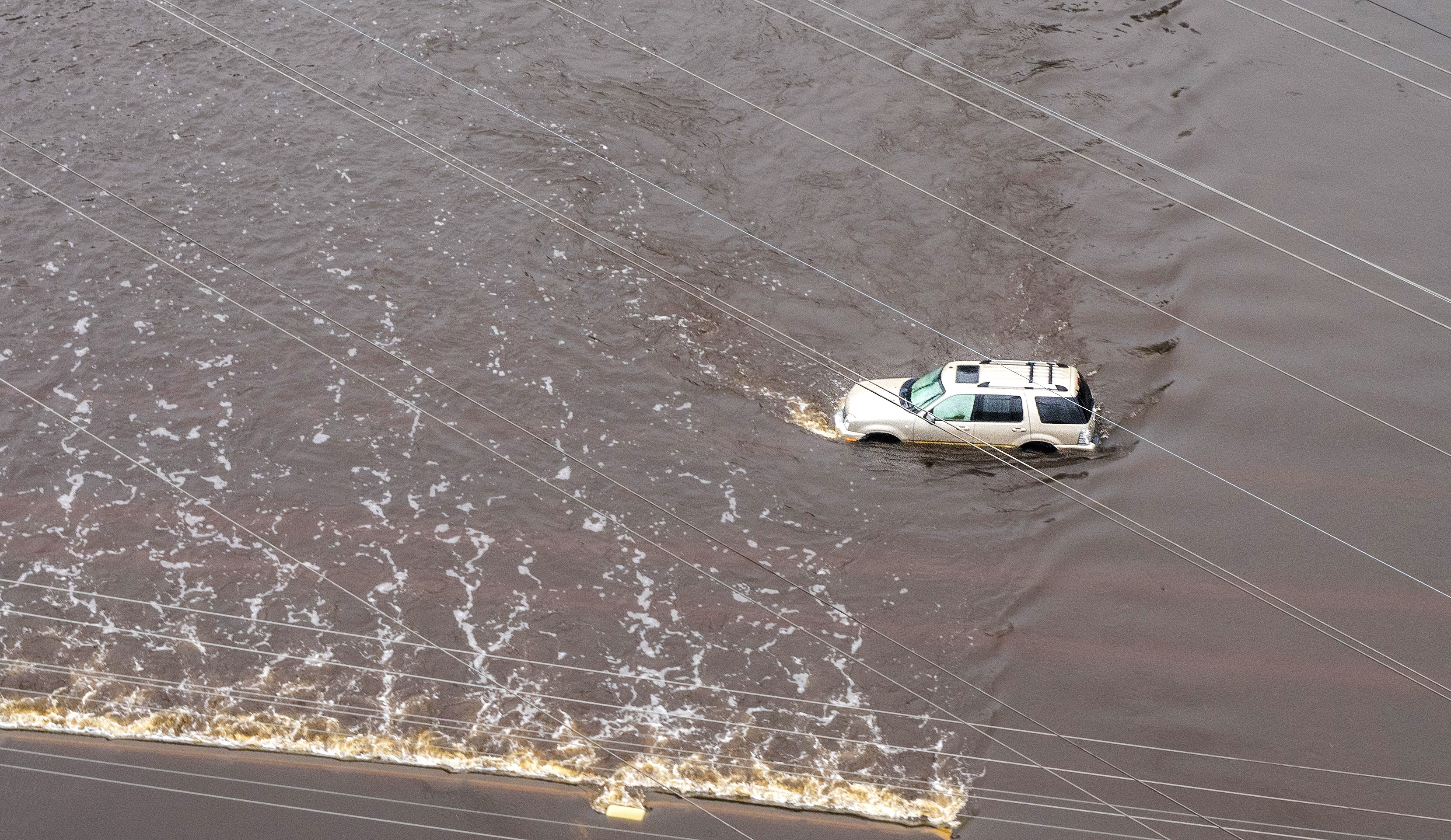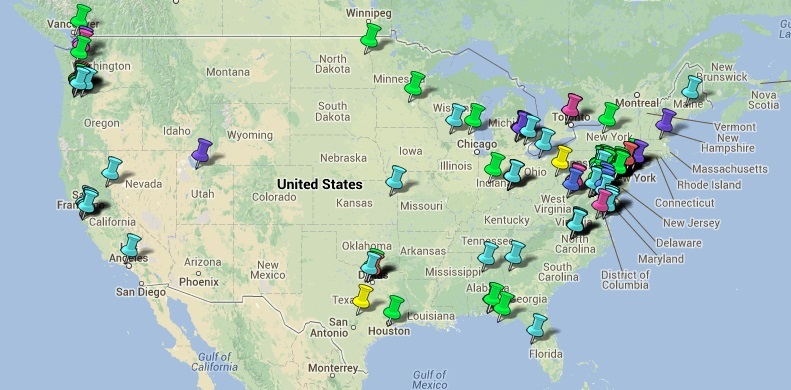The U.S. Environmental Protection Agency (EPA) and New York State Department of Environmental Conservation have approved the Buffalo Sewer Authority’s plan to reduce combined sewer overflows. The $380-million plan includes a series of projects, including green infrastructure, to improve water quality in the Niagara River and its tributaries over the next 20 years. According to EPA, Buffalo’s combined sewer system currently contributes over 1.75 billion gallons of combined sewage overflow to these waters each year.
Submitted in 2004, The Buffalo Sewer Authority’s Long Term Control Plan was found to be inadequate and was not approved. The new 2014 plan was submitted after a 2012 EPA compliance order requiring the authority to develop an approvable plan with a detailed implementation schedule that would take finances into consideration while meeting water quality standards. EPA and the New York State Department of Environmental Conservation also encouraged the Buffalo Sewer Authority to incorporate green infrastructure projects into its plan. Buffalo will spend $93 million on green infrastructure for creating between 532 and 656 ha (1,315 and 1,620 ac) of impervious surface throughout the city. Projects will include vacant property demolitions and vacant lot modifications to allow for infiltration, pervious pavements, rain gardens, downspout disconnections, and rain barrels.
The Buffalo Sewer Authority also will invest $41 million in upgrades at its Bird Island Wastewater Treatment Plant to increase the treatment capacity and ensure that all discharges receive adequate disinfection. Other projects will increase the system’s ability to collect and transport wastewater. The Buffalo Sewer Authority already has invested over $50 million in completed and ongoing construction projects under its approved Long Term Control Plan. Read more.






